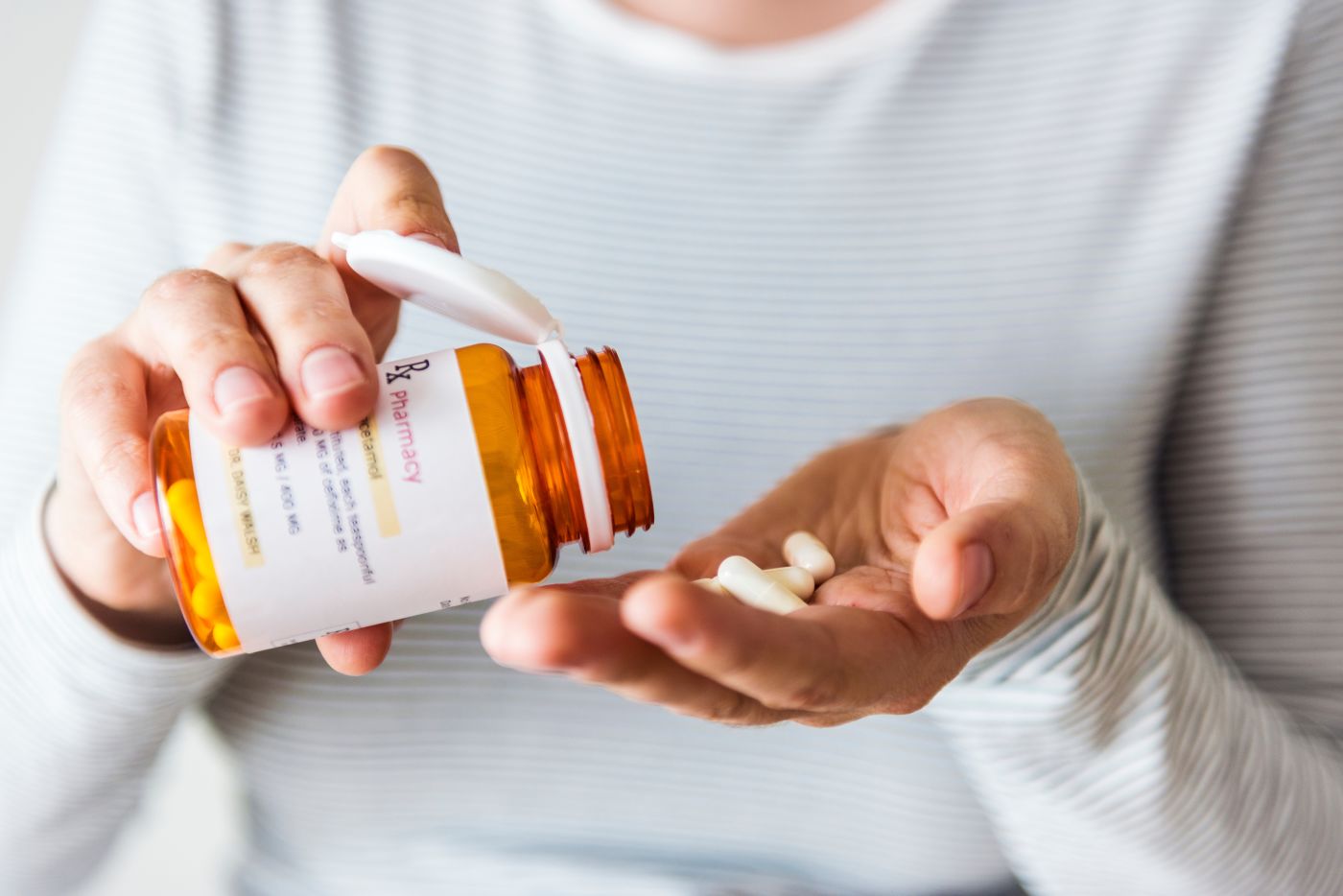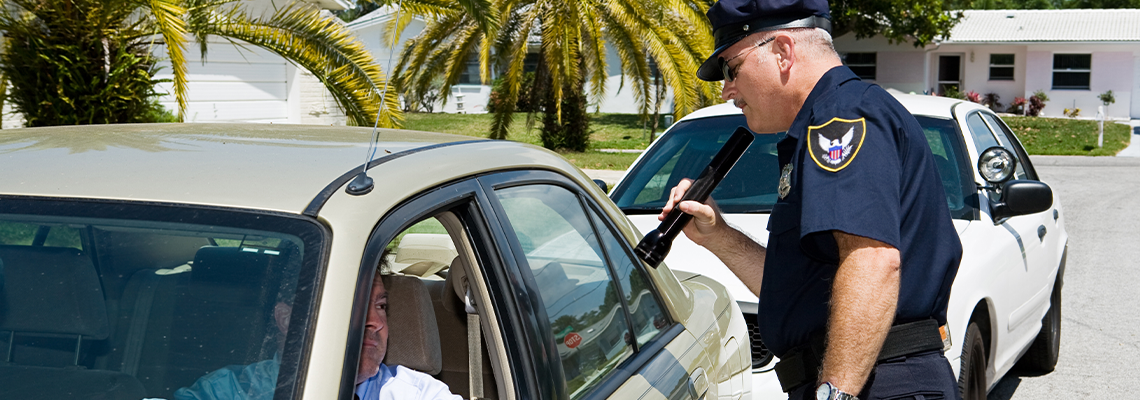Individuals who find themselves facing serious drug charges often learn that the charges that stem from such a crime can vary widely depending on the degree, amount and especially the type of narcotic they possessed.
According to American Addiction Centers, those with repeat drug possession offenses usually suffer harsher consequences, and those detained for the first time for such a crime may want to learn the differences between different types of narcotics, how addictive many are and what possible consequences they may face in court.
1. Non-medical narcotics
Drugs known as Schedule 1 carry the greatest rate of addiction and typically have no medical purpose other than to cause a high. Even narcotics that have a natural source, such as peyote, remain illegal. Other drugs in this class include ecstasy and heroin, with the latter causing severe addiction.
2. Medical prescription narcotics
Some drugs, when used under the supervision of a physician, can have medical benefits, such as controlling pain that stems from surgery or illness. However, many of these drugs have made their way out of hospitals and clinics and onto the streets, where some individuals use them for their numbing or psychotropic effects. These Schedule II drugs include oxycontin and Vicodin.
3. Steroids
Some physicians use steroids to treat a variety of issues, including allergies, acne and chronic joint pain. Outside the doctor’s office, however, some may use them improperly to increase athletic performance. Prolonged abuse can lead to addiction.
While penalties for possession and the distribution or sale of these narcotics differ, most offenses carry considerable fines or even jail time.




